10 Tips for Writing a Perfect Outreach Email

Running any kind of online business usually requires establishing connections with people in your niche. After all, reaching out to people (either by using email or through social networks) is one of the pillars of digital marketing. And if you implement a solid outreach email strategy, not only will you have the potential to generate new leads, but you can also boost your brand awareness and increase your overall online visibility.
That being said, contacting people in your industry and getting them to respond to what you’re offering or asking can be easier said than done. And if your efforts aren’t bearing any fruit, there could be more than one reason. For one, you simply may not be targeting the right recipient to begin with. Or, the people you’re trying to reach are too busy to even notice your emails. Worse yet, your email simply doesn’t have that extra spark that will keep them interested.
And while there are many email mistakes you want to avoid when generating a perfect email, be it aimed at your subscribers or cold email prospects, there is no one tried-and-true way of gaining success when it comes to using the email outreach strategy. That being said, there are some general rules you can follow to improve the overall engagement of people receiving your messages. This is especially true in cases of cold emails, or when you’re contacting people who don’t know about you for the first time and want to get them to notice you and take a specific action.
If you’re interested in learning how to attract the attention of potential leads and get more replies from people you’re reaching out to, keep reading. Here are some useful tips that will help you write better outreach emails to people in your niche and hopefully, score more leads in the long run:

One of the best ways to attract the attention of the people you’re targeting is to spend some time following their work. For example, you can make sure to subscribe to their newsletter (if they have one) and read and reply to their emails. You can comment on their social media posts, leave comments on their articles, engage in comment discussions related to the subjects they cover, and so on. In any case, if they keep seeing your name long enough among their follower base, they are bound to notice you sooner or later. Then, you can reach out via email and introduce yourself – as soon as they recognize your name, they will probably register you as one of the subscribers/followers who are actually invested in what they have to offer. In turn, they’ll be more inclined to check out what you have to say as well.
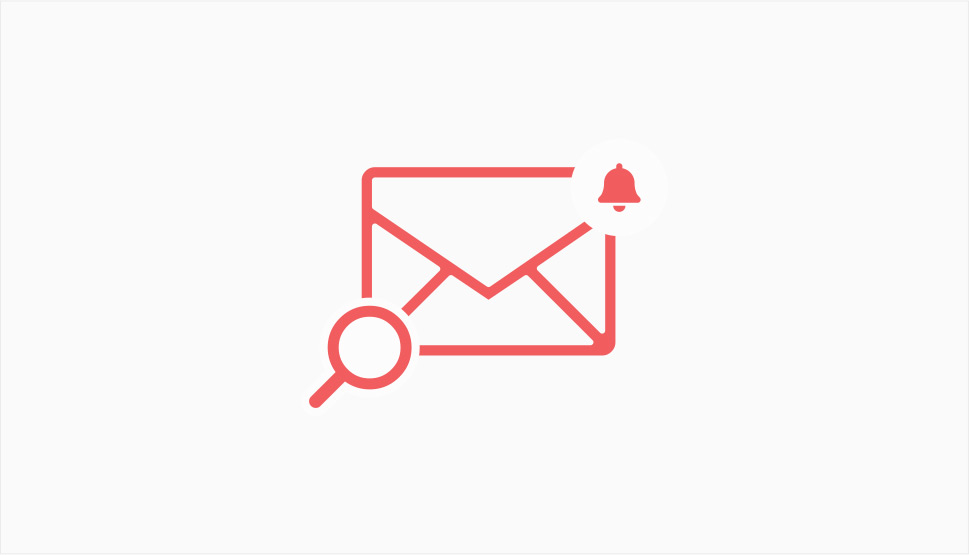
Given that your email subject is one of the first (and often the only) things those who receive your emails will see, you should take extra care when creating them. Depending on the way your subject is composed, it has the power to either persuade them to click on your message right away or to delete it without ever checking out your proposal.
The general rule of thumb is to aim for a clear and straight-to-the-point subject line that is captivating all at once. Instead of being vague and leaving cliffhangers, make sure to intrigue potential leads by revealing exactly what you’re offering right from the get-go.
We suggest that you avoid starting your subject with unclear lines like “We thought this might interest you” or “Care to check out our offer?” Instead, aim for phrases that include something specific, if possible, something that is highly relevant and valuable to them. Like “Here’s a question related to your newest campaign”, “Some suggestions regarding your project”, or “A link building proposal on your newest article”. It can even be something like “Here’s a quick case study we did following your advice – you might find it useful”. In short, make sure your subject line is concrete, but interesting enough to hold the attention of those viewing it while letting them know your offer is valuable for them too. By doing so, you’ll be that much closer to gaining those much-desired email clicks.
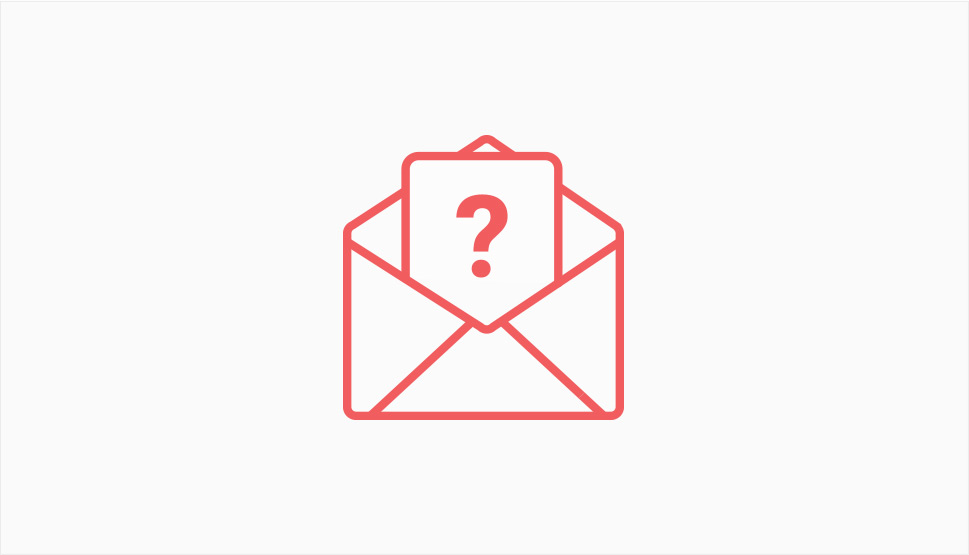
This should go without saying, but when aiming to send a cold email to a person or company in your industry, you have to have at least some general idea of what you want to propose to them. After all, this is what using outreach emails is all about – sending an offer and having a clear plan regarding your potential collaboration. In any case, we suggest getting to your point straight away and creating a simple and concise, but direct proposal. No matter if you want them to contribute to your online survey, request a quote, or you simply want to suggest adding your link to one of their articles, it’s always better to be frank and obvious about what you want in your email than to “mask” your intentions and be ambiguous. In fact, this can only beat your purpose as no one has the time to analyze their email messages too long. By keeping things simple and straightforward for your email targets, you make it easier for them to understand your request, which will increase the chances of them wanting to fulfill it.

It’s fairly simple – if your email recipients don’t see the clear benefits they can get from your offer, there are high chances they will refuse to do it. Business partnerships are a two-way street, after all –a game of give and take, of sorts. And for your outreach efforts to be successful, you should abide by similar rules when creating these types of emails as well. Just ensure that your emails aren’t only about what you may need and propose something to your recipients in return. For example, a link exchange, a suggestion for any kind of project collaboration, or anything else that may prove to be useful to them in the future. It can even be as simple as a valuable marketing and niche-related insight or any other advice that can be highly useful to them.
Finally, we also suggest emphasizing that you’re open to any suggestions and/or partnership ideas they may have for you. By doing so, you’re communicating that you’re flexible and that you value what they have to say as well. The key is to be specific (as with everything else so far) but to stress that you’re willing to listen.

After ensuring that you’ve made a clear proposal to your email targets, you should also see that you provide something unique that they can benefit from. This means that no matter how “common” your request is, your unique angle can help make it stand out from the rest. For example, if you offer a link exchange, you can explain to them how a link leading to your post can help contribute to their topic due to a specific area of knowledge you’re coming from, and vice versa – how their expertise can help bring value to one of your articles. This way, you can help your potential prospects realize the benefits of collaborating with you right away, so do not forget to include this when writing your email.
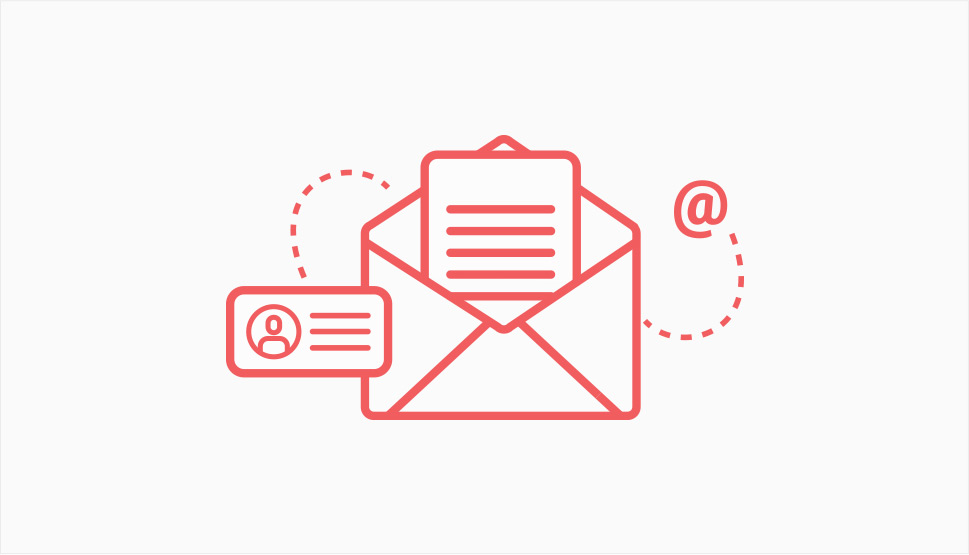
When sending your outreach emails, you should avoid sounding too generic, too corporate, and too impersonal at all costs. For starters, don’t send the same universal message to all your recipients and only replace their name and website or company name. And no, you won’t make your message sound personalized by telling them that “you’ve found their posts very informative and engaging” and that they’ve done “great work” – no matter how politely you say it. Keep in mind that if you’re sending the same messages to everyone, people will usually be able to tell. That’s because these kinds of messages usually come off as “robotic” and they have a kind of detached quality to them – especially since they usually contain phrases that have been used tons of times before.
Therefore, you should always create concrete and personalized messages for each new recipient instead. For example, you could mention how a specific article you’ve read on their blog has helped you overcome a particular issue. Or, if you’ve had a chance of collaborating with the person before, you could mention something specific that you’ve appreciated about the experience.

Just like writing personalized emails, using a language that is appealing and respectful to those reading your email is equally important. After all, if you sound rude or unapproachable, your offer will turn away even the most welcoming of recipients. Of course, this doesn’t mean you should be overly formal either as this can easily make your message sound a bit insincere. Simply trying to be kind, friendly, and approachable is good enough for the start. For example, when proposing a specific offer, instead of being too assertive about it, try to tone it down a little and write it more gently. Using phrases like “It would be great if you’d be interested” or “I’d appreciate/love it if you would/could” is a great start to a sentence that offers a request of any sort.
That being said, you should also try to sound as natural as possible when sending your emails. Another good rule to have is to use only the language you’d also use in real life with the person you’re contacting – no matter if it’s a serious corporate person or an eccentric fashion blogger.

Aside from talking about your offer and the general purpose for writing an outreach email to a specific person, you should include a few sentences about who you are and what you do. This means that you should feel free to add some examples of previous work experiences and/or projects (including any noteworthy people or companies you’ve collaborated with) and even insert a few relevant links while you’re at it, too (you can link them to your online portfolio if you have one). Showcasing your expertise by emphasizing some of your most important skills and relevant experiences can only help contribute to the generally positive impression of your recipient – but only if you do so tastefully. What this means is that you shouldn’t come off as tooting your own horn too much either. Simply including a paragraph with your credentials and mentioning some of your most relevant work experiences will be enough to accentuate your credibility.
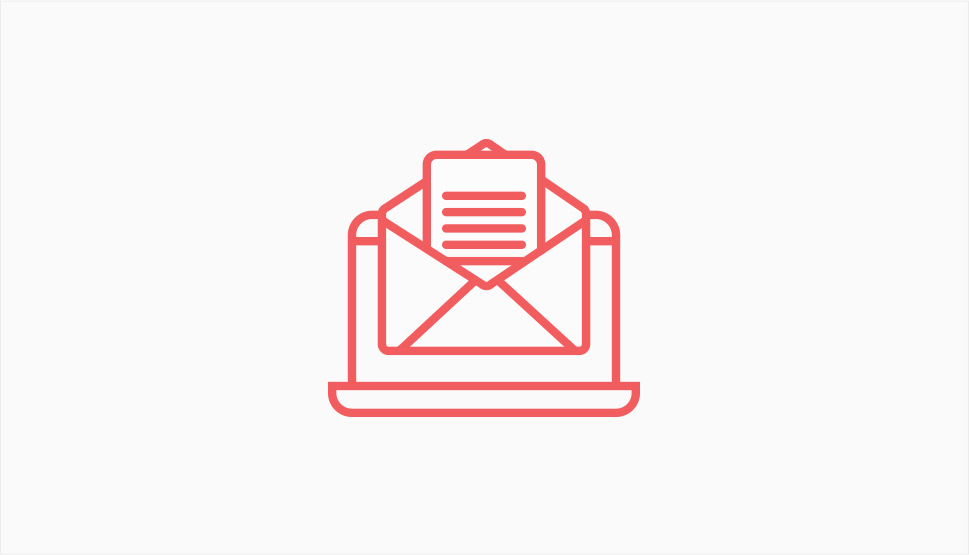
No one has the time to read long emails nowadays – especially when they come from strangers. According to some email statistics by EmailAnalytics, the number of words in an email should be between 75 and 100 words. Namely, emails of this length have a 51 percent response rate, so try writing emails that are not much longer (or shorter) than the suggested length. Of course, you should still feel free to introduce yourself and mention what you do, make an obvious request, and provide clear value, but be as concise and straight-to-the-point about it as possible.
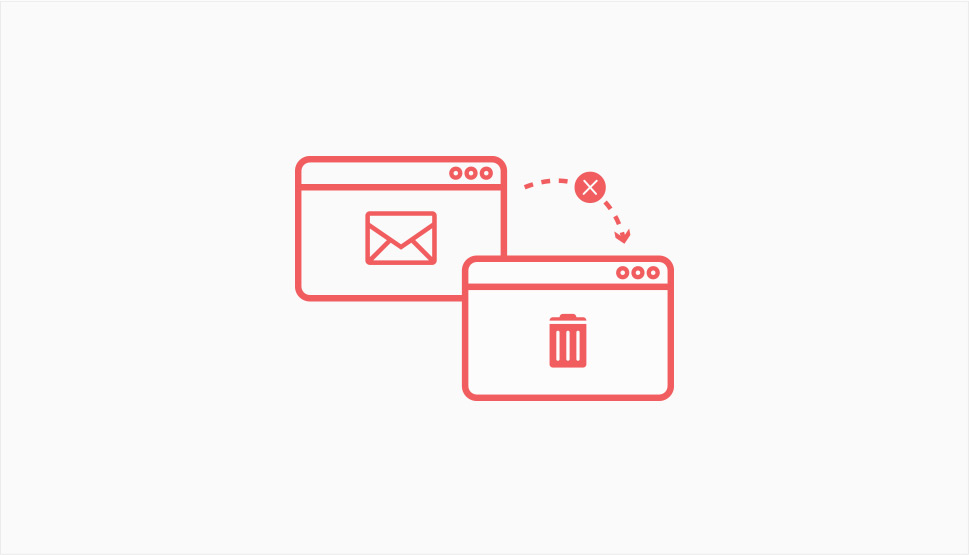
If you’ve applied all of the above strategies and you’ve yet to hear from the person you sent an email to, do not give up just yet. We recommend waiting a couple of weeks to see if they do end up replying to you, and then do another follow-up after that. And while a person could’ve simply missed the first email you’ve sent them, there is always a high chance that they simply didn’t “feel” your offer. Therefore, we suggest that you take things up a notch in your second attempt and provide them with some extra value or give a brand new offer altogether.
If they don’t reply after that either, personally, we’d take their silence as a no. Still, whether you’ll remain persistent and keep messaging them from time to time is completely up to you. Just remember to always be polite and keep things respectful, no matter what.
Wrapping Things Up
There is indeed no one perfect method that will guarantee you success in your email outreach attempts. Still, some of the tips and strategies we shared with you above could help you capture the attention of your prospects and people in your niche you’d like to team up with. So, always remember to make your request clear, provide some obvious benefits to your recipients, emphasize your credentials but avoid entering the bragging territory, and always make your emails personalized. Only by applying most of these factors will you be one step closer towards grabbing the interest of your potential leads.



